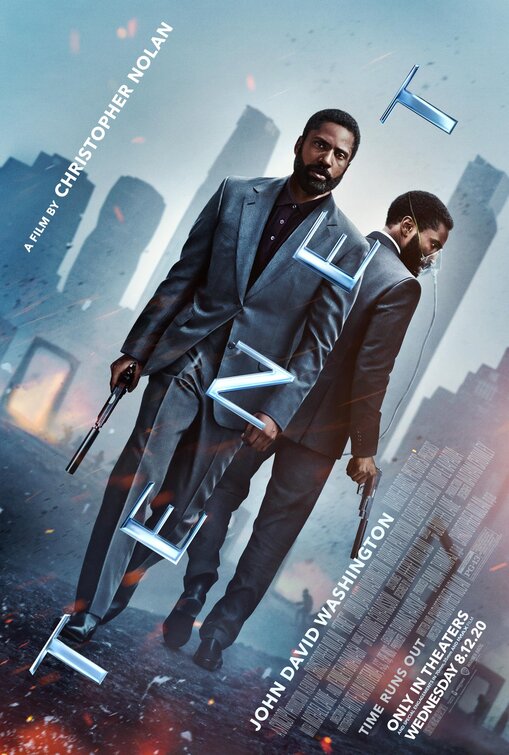Time can simply be described as the present progressively moving toward the future thus creating the past. Christopher Nolan has shown audiences that he loves to mess with the idea of time and existence. In “Dunkirk,” Nolan showcases three separate storylines occurring at various points of time, all eventually coming to a climax at the same moment. “Interstellar” deals with events in one timeline creating changes in another.
With “Tenet,” Nolan once again one-ups himself with creating a thrilling, yet confusing spectacle that will leave audiences discussing ideas and theories about the film for years to come. Focusing on a world that could end at any moment, both the present and the future occur simultaneously and characters race against the clock to save humanity. For a film with a concept that scientists’ study for their entire careers crammed into a 150-minute run time, it never overstays its welcome.
The film’s characters must deal with the present and the future at the same time, and nothing can be changed no matter how hard they try. This is shown best when a number of scenes are played out twice: once following a character from the present, and later a character from the future. These sequences, which occur often in the film, help connect critical plot points together to realize the larger scope of the film and never feel repetitive as new information is added each time. Masterfully, the colors red and blue are used to decipher the present and future, respectively, to help follow along, as well.
While the film is grand in its ideas, the execution fails occasionally and shows how convoluted the concept of time truly is. Dealing with the present and the future simultaneously is extremely ambitious and experimental visuals that have become a staple in Nolan’s filmography are expected. We see the film’s concept and visual capability finally realized in the final scenes where a culmination of past plot points intersect with those from the present. This however seems too little, too late. If the film was solely an elongated version of the second half, this may be considered Nolan’s best film to date.
With a film so heavy on plot, Nolan leaves a great cast with little character development to work with. John David Washington plays the calm, cool and collected Protagonist, (yes, that’s his character’s name) a CIA agent working to save the world from annihilation. Robert Pattinson is the sophisticated and underwritten Neil who works as the Protagonist’s handler. At the heart of the film is Kat, played by the criminally underappreciated Elizabeth Debicki, who is Nolan’s first strong female character. Sadly, if something happens to a character on screen, the audience feels no emotions or connection.
To add to the confusion of the plot and under-cooked characters, it does not help that the sound mixing for the film is at times horrendous. The sound effects and score (which is marvelously crafted by “Black Panther” composer Ludwig Göransson) often are given more emphasis than the critical dialogue. These moments contain crucial plot points that explain the purpose of a scene or a moment that will be realized later in the film. This heavy handed, booming sound mixing is something Nolan has done with his recent films (Bane’s voice in “The Dark Knight Rises”) and, for some reason, is most likely intended to be released this way.
For all the film’s faults, seeing an original blockbuster in theaters in a world full of sequels and remakes is quite remarkable. Consistently Nolan provides his audience with ambitious, thought provoking and challenging classics that will be discussed and interpreted for years to come. The best way to experience “Tenet” is to follow its own advice: “Don’t try to understand it. Feel it.”








